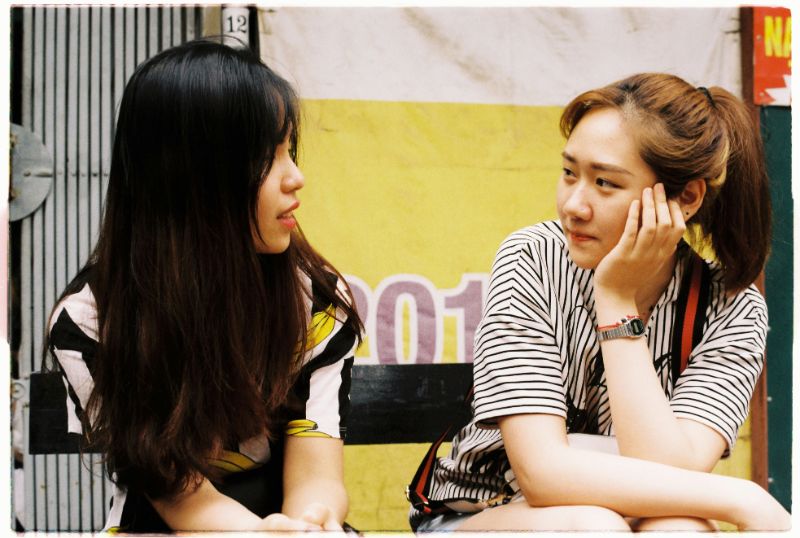Luxury items continue to pique the interest of Chinese consumers.
Even though Chinese customers have been cutting back as the economy struggles and luxury companies suffer, the nation is predicted to overtake the rest of the globe as the largest market for personal luxury goods by 2030.
Luxury businesses are currently considering strategies to draw in Gen Z or people born between 1997 and the present.
According to experts, this generation’s tastes in luxury differ from those of the millennial and Gen X generations.
1. Gen Z is drawn to fine workmanship
According to Jien Goh, a trend forecaster at WGSN, “the perceived value of an experience or story behind an object of luxury,” is what Chinese Gen Z consumers value more than status symbols like luxury brands or emblems, which are more important to them than they are to their Western counterparts, Business Insider said.

This indicates that Gen Z consumers are more drawn to well-made products and how they can convey the narrative or feelings connected to the brand, she continued.
Professor of luxury strategy at Pepperdine Graziadio Business School Daniel Langer wrote for Jing Daily, pointing out that Gucci’s problems in China can be attributed to the company’s continued adoption of a “product-focused” strategy as opposed to a “client-centric” one.
Experts say that brands that have found success with Gen Z consumers have created complex narratives about their brand and, in turn, the wearer.
2. Slow life and sustainability are in vogue
China’s newest generation of luxury consumers also seeks to purchase products that align with their ideals. According to Goh, WGSN has been observing a “rural revival” movement throughout the Asia-Pacific area, with a focus on China.
“At the heart of this trend lies a desire for mindful, slower-paced living and a newly emerging mindset that sees wellness and longevity as the ultimate marker of luxury,” she stated.
Cofounder of Red Ant Asia consulting firm Elisa Harca told BI that she has observed a similar movement. She has seen how Gen Z’s shopping habits are influenced by cultural changes, such as the decision to take professional breaks rather than rapidly moving up the corporate ladder.
For instance, customers are increasingly “choosing to spend on items to add to their lifestyle experience versus just materialistic buys,” such as companies associated with wellness and health, according to Harca.
3. They no longer use eye-catching logos.
Overt online displays of riches have been met with resistance by China’s leader, Xi Jinping, who has been blocking social media accounts of people who have posted ostentatious content.
As a result, some Gen Z customers are gravitating toward more subdued displays of wealth that more closely resemble Chinese stereotypes of the “old money.”

Brand logos are out, and finer materials, muted hues, and natural makeup are in, according to China’s “laoqianfeng” style, which is similar to the West’s “quiet luxury” trend that dominated the fashion agenda in 2023.
According to Goh, there is a wealth shift taking place among China’s wealthy “from first-generation ultra-affluents to younger generations that include Gen Z.”
She claimed that Gen Z is far more “well-versed and sophisticated in their approach to luxury” than their parents, who forged their own way in life.
Brands will probably need to innovate if they are to meet the needs of both the “quieter” generation and the devoted, long-term customers of the older generation who are more prone to overt branding.
4. Some youthful customers find “luxury shame” to be completely off-putting.
One possible explanation for China’s Gen Z’s desire for more subdued displays of affluence could be “luxury shame.”
This tendency was highlighted by Bain analysts in a June report. During alleged financial crises, as occurred in the US following the 2008–2009 financial crisis, there is a tendency for people to downplay overt displays of luxury.
According to Goh, this could help to partially explain the rise of “a more rational cohort of luxury consumers,” who might be more likely to exercise financial restraint.
5. They enjoy combining rapid fashion with luxury.
Harca states that Gen Z is also more inclined to mix and match their looks.
“They might have a luxury bag, but wear a premium brand’s pants and a fast-fashion brand’s T-shirt,” she remarked.
Gen Z can now “carve out their own style and shop where they think is ‘them,'” she continued, making their wardrobe selections more distinctive.
(Tashia Bernardus)
